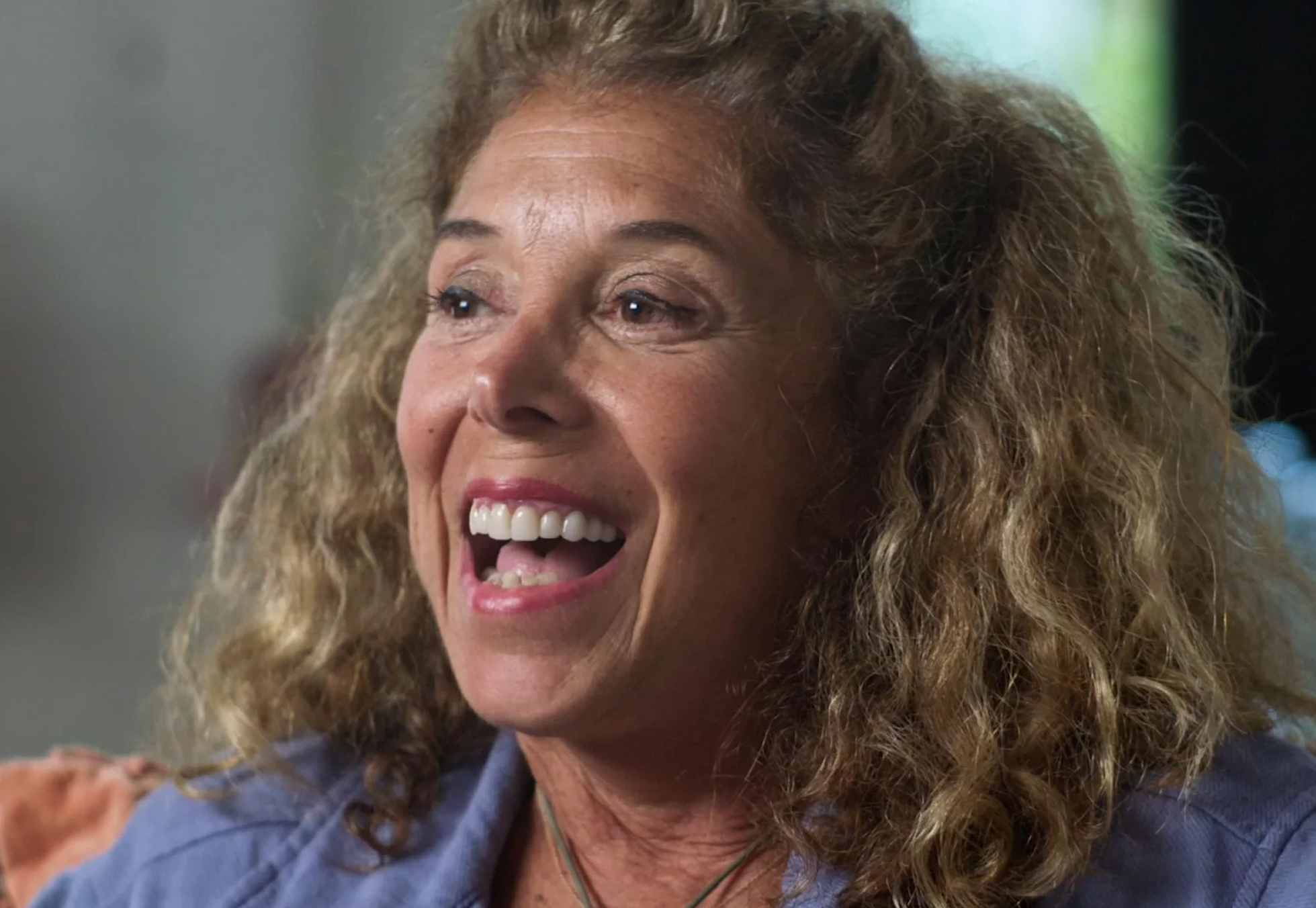
Aging gracefully is a concept many of us strive to embody, but for some, the reflection in the mirror doesn’t always match the spirit within. This rang especially true for New York City native Sandi, 66, who says her sagging neck and sleepy eyelids were starting to really make her feel insecure about her look. “Why should I feel like a 66-year-old when I don’t feel like an age?” she asked herself. “I just feel like Sandi.”
The journey towards self-acceptance can take various forms, and for this new grandmother, comedian, and storyteller, it was a transformative surgical procedure that helped her regain the confidence she had long felt slipping away.
Nashville plastic surgeon and The Aesthetic Society Board Member, Kent “Kye” Higdon, MD sheds light on the power of a facelift and how it can impact a person’s life, both internally and externally.
What is the most common reason patients come in for a facelift?
According to Dr. Higdon, the most common reason patients seek a facelift is to address the visible signs of aging, including sagging skin, deep creases, and overall facial volume loss. These changes can often lead to a disconnect between how individuals feel internally and how they perceive themselves externally.
Who is a good candidate for a facelift?
“A good candidate for a facelift is typically someone in good overall health, with realistic expectations and a desire to address specific concerns related to facial aging,” explains Dr. Higdon. “On the other hand, individuals with certain health conditions that could complicate surgery might not be suitable candidates.”
What does the timeline and recovery process look like?
The timeline for a facelift typically involves an initial consultation to assess the patient’s needs and desired outcomes. From there, the actual procedure is performed, followed by a recovery period that can vary depending on the individual’s healing process. Dr. Higdon emphasizes the importance of following post-operative instructions carefully, as proper care significantly contributes to the overall success of the procedure.
Do many of your patients tell you that their face doesn’t match their age?
Dr. Higdon notes that it’s not uncommon for patients to express feelings of disconnection between their perceived age and their outward appearance. “Many patients often confide in me that their face no longer reflects the vitality and energy they feel within,” he says. This incongruence can impact one’s self-esteem and overall sense of identity.
How does a facelift’s transformation help patients inside and out?
The transformation that a facelift offers extends beyond physical changes, as Dr. Higdon highlights. “It’s not just about restoring a youthful appearance; it’s about restoring confidence and a sense of self,” he says. The emotional impact of aligning one’s inner vitality with their external appearance can be profound, leading to increased self-assurance and a renewed sense of empowerment.
Ultimately, a facelift can be a powerful tool in the journey towards self-acceptance and rejuvenation. As Dr. Higdon notes, “When a patient’s external appearance reflects their internal vibrancy, it can truly be a life-changing experience.”
To receive more information about facelifts or find a board-certified aesthetic plastic surgeon near you, visit The Aesthetic Society’s website at theaestheticsociety.org






